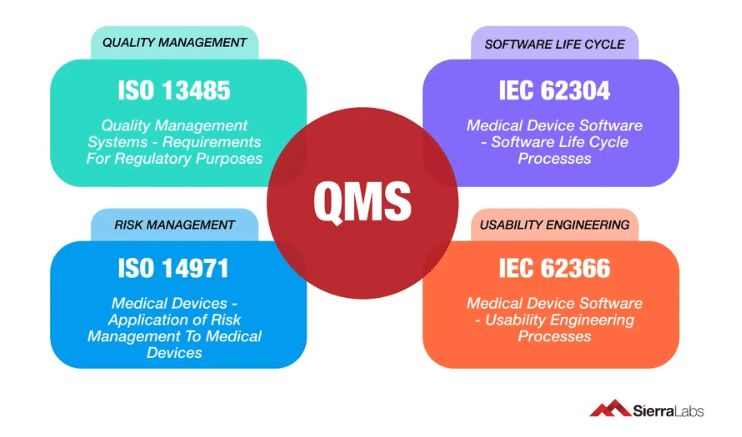The world has changed in many ways since the outbreak of the global COVID-19 pandemic. Regulators are taking advantage of technology to institute greater social distancing, limiting contact between people to curb the spread of the coronavirus. For you, this could mean a transition to virtual audits.
The auditing process, which helps you identify and fix compliance deficiencies, must continue to maintain the vital supply chain of needed drugs and other items.
Approach a Virtual Audit

For some clients and suppliers, virtual audits may be a long-term solution. It may not be clear for some time how long COVID-19 precautions will need to stay in place. For parties that have well-established relationships and supply chains, virtual audits may make more sense over the long term.
The opportunity to reduce one-on-one interactions lessens the risk of spreading the coronavirus. If the two sides already have a level of comfort together, their ability to work through challenging times will be better than if you are embarking on a new relationship, where things might not go as smoothly.
Need help preparing for a virtual audit? Talk to our Experts →
Some In-Person Visits Will Still Be Required
Not everything can be accomplished virtually. You’ll still face some instances where an in-person visit is necessary, such as for pre-approvals and new products. Plan accordingly. Taking every possible precaution, such as requiring masks and gloves and keeping the auditor 6 feet away from employees, can protect both parties during such mandatory in-person interactions.
If you do not think an in-person visit is necessary or you’re dealing with extenuating circumstances, such as an outbreak of the virus, communicate your concerns. The well-being of your employees and the auditor should be the focus of any post-pandemic auditing strategy, and you can protect your employees by voicing any concerns you have.
Make Adjustments for the Long Term
Treatments are still being developed for the coronavirus, and it will take some time before the spread of the virus is under control. Until then, virtual audits will become a long-term solution to protect everyone involved and reduce the spread of infection.
You can learn from your initial experiences and make changes to help during the next virtual audit. Try these strategies for assistance with long-term planning:
- Take notes during the virtual audit, observing anything that surprises you.
- Keep track of any personal protective equipment needed if a brief in-person audit is used.
- Speak with employees after the virtual audit to get their input on what went well and what could be improved.
Looking over your notes and results from past audits can also help you anticipate any potential issues or concerns before your first virtual audit. Remember that this is new territory for everyone and that you’ll likely encounter some bumps in the road as the processes get smoothed out. If you have any questions about virtual audits and how to prepare for them, get in touch with Regulatory Compliance Associates® today.






















